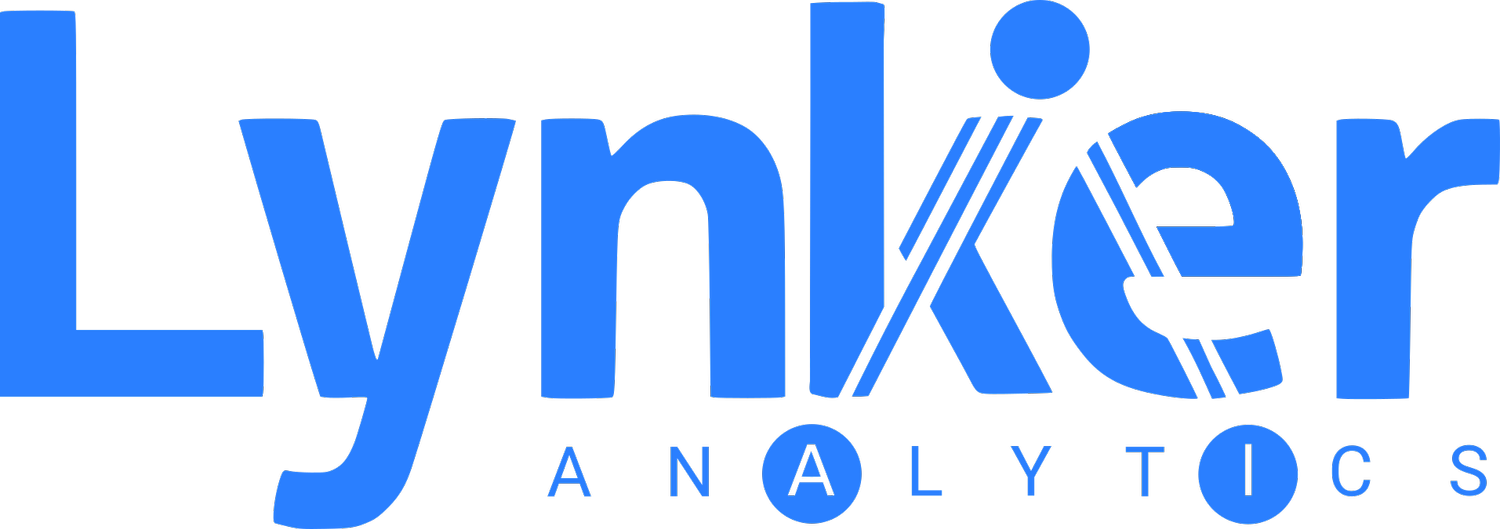Perrine Godefroy, INSTITUT POLYTECHNIQUE UNILASALLE
This blog explains one of my projects while working as an intern in New Zealand at Lynker Analytics. The goal of this work was to explore Machine Learning tools available within the Esri platform to create new maps of the city of Hamilton in New Zealand.
Using the Land Cover Classification model, available on Esri Living Atlas, and Hamilton imagery, I was able to produce complementary and useful maps. My first model was trained on the data from the Californian landscape to create an 8-class land cover map. After multiple training epochs to adapt it to urban New Zealand areas, the result was satisfying. Below are the 8 classes and an extract of the 8-class map
8 class land cover map for Hamilton City
From this classified pixel raster, I applied different post-processing techniques to extract data to create maps for multiple applications. At first, we grouped the pixels into 2 classes: pervious and impervious. The permeable areas are ground cover that allows water to infiltrate, this category includes the following classes: tree, shrub, grass, bare soil and water. On the other side, impervious areas are those that do not allow water infiltration (rain, runoff). This category includes buldings, other impervious and road/railroads. Below is the result of a reclassification of the pixels from 8 classes to 2 classes.
Impervious Map
This type of quick and simple map has many possible applications. It could be used to measure urbanization in a neighbourhood, adapt the water management system, locate highly impervious areas to quickly introduce permeability and infiltration solutions and more.
In our case, I intersected these data with the primary land parcels to measure the impervious areas at a parcel unit level. The map below shows the parcels with more than 70% of impervious.
Impervious ratio per parcel, red exceeds 80%
Additionally I extracted an urban tree canopy from the 8-class map. I clipped these data with the Relative Elevation Model (REM) from Lidar to obtain the tree height over the city. Below is an extract of the resulting maps.
Urban forest canopy
To estimate the precision of those maps, I conducted an accuracy test in which I hand mapped the impervious areas of 10 parcels and then compared it with the model. At least 90% of the pixels are assigned to the same class between impervious and pervious between the model and the human classification. These results and good and confirm that these data can be used for a wide range of applications.
Summary of my learnings
Using Esri Deep Learning was instinctive and well documented. I was quickly able to run using pre-set parameters to obtain satisfying results. But there are parameters I was not able to explore fully in these few weeks. There are possibilities for padding, merge policy, threshold, and many others. But the running time can be long, sometimes up to ten hours. So, for most of these parameters, I have not taken the time to explore possible improvements.
Otherwise, to enable Esri models to be trained, training data must be exported in the correct format. Not all models are so easy to train. No explanations are available on how to record training data and you need to to figure out yourself what the best way.
Finally, as the processing times are quite long, it is hard to determine for each tool and every parameter what are the optimal configurations. I also was not able to try any margin of padding so I do not know yet how the model tool is responding over a very large area needed to be cut on tiles and how much time would be needed to complete the process.
Overall this was a great project which showed the power of the Esri deep learning tools




